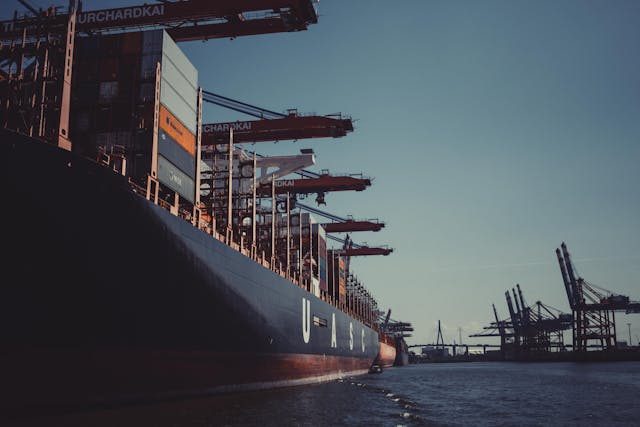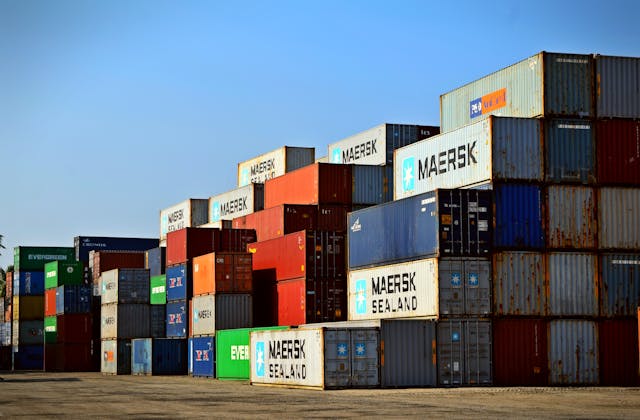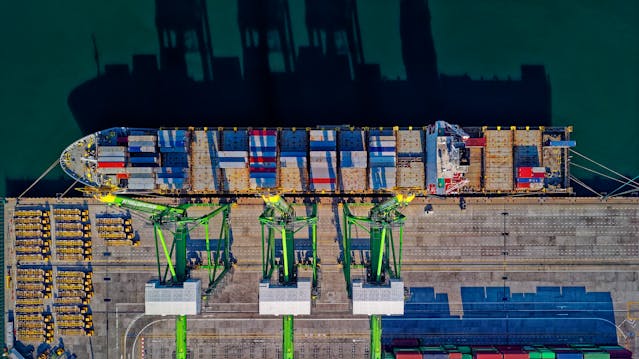Sustainable recovery in Southeast Asia hinges on the effective implementation of supply chain sustainability. The concept of sustainability in supply chain management refers to integrating sustainable practices across all stages of the supply chain, from raw material sourcing to product delivery. It encompasses environmental, social, and economic dimensions, aiming to create a balance that meets present needs without compromising the ability of future generations to meet their own needs.
In a report published by YCP Solidiance and RIMM, the sustainability of supply chains in Southeast Asia was analyzed. In the period from 2019 to 2021, SEA lagged behind Europe, Eastern Asia (in 2021), and Southern Asia (from 2019 to 2020) in terms of the proportion of companies with environmental supply chain policies. Additionally, among the ASEAN-6 countries, only Singapore, Malaysia, and Thailand have a high proportion of companies with such policies, while Vietnam and Indonesia have less than 40% of companies with environmental supply chain policies.
Sustainability in supply chain management requires a holistic approach that considers the entire lifecycle of a product. This includes sourcing materials responsibly, minimizing environmental impact during production, ensuring ethical labor practices, and promoting product reuse or recycling. Achieving sustainability in supply chains necessitates collaboration among various stakeholders, including suppliers, manufacturers, distributors, and consumers.
Elements of Supply Chain Sustainability
Supply chain sustainability in SEA encompasses several key elements that contribute to an environmentally and socially responsible supply chain. Environmental responsibility involves minimizing the environmental impact of supply chain activities. Companies can achieve this by reducing carbon emissions, minimizing waste, and conserving resources. For instance, adopting renewable energy sources, improving energy efficiency, and implementing waste reduction strategies are crucial steps.
Social responsibility ensures fair labor practices, promotes worker safety, and contributes to community development. Companies must uphold human rights, provide safe working conditions, and engage in fair trade practices. Economic viability is also essential; a sustainable supply chain must balance cost efficiency with investments in sustainable practices, optimizing operations to reduce costs while maintaining high sustainability standards.
Governance and compliance are critical. Companies must adhere to legal and ethical standards, comply with regulations related to environmental protection, labor rights, and corporate governance, and maintain transparent reporting and accountability mechanisms.
Importance of Green Supply Chain Management
Green supply chain management (GSCM) is a strategic approach that integrates environmental considerations into supply chain operations. GSCM helps companies mitigate risks associated with environmental regulations and climate change. Companies can avoid legal penalties, supply chain disruptions, and reputational damage by adopting sustainable practices.
Sustainable practices often lead to long-term cost savings; for example, energy-efficient processes reduce utility costs, while waste reduction strategies lower disposal costs. Sustainable supply chains can also enhance resource efficiency, leading to further cost reductions.
Companies with sustainable supply chains can gain a competitive edge in the market. Consumers increasingly demand environmentally friendly products, and businesses that can meet these demands can attract and retain customers. Furthermore, sustainability credentials can enhance a company's brand image and reputation. GSCM drives innovation by encouraging companies to develop new, sustainable products and processes, leading to new business opportunities and revenue streams.
By implementing supply chain sustainability and green supply chain management, companies can contribute to environmental preservation, social well-being, and economic growth, ultimately leading to a resilient and sustainable future for the region.







